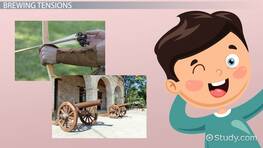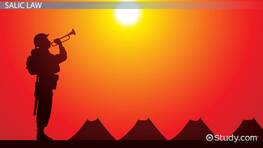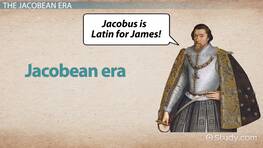Explore European History
Table of contents
History of Europe Courses and Lessons
Study.com offers courses in European history which tackle social, political, cultural, and economic aspects, as well as important historical figures, in a concise yet meaningful way.
Explore our full library of european history courses:
History 311: The Holocaust & World War II
European History for Kids
History of World War 1 Study Guide
History of World War 2 Study Guide
Western Europe Since 1945
Explore our full library of european history courses:
European History Overview
European history is the study of the societies, cultures, economics, and politics of Europeans of the past. These courses highlight the historical events and transformations which significantly shaped European societies into their current — often divergent — manifestations. For instance, during the Middle Ages, Europe was predominantly ruled by kings and lords in a system of feudalism. This had long-lasting effects on the power structures of European countries, especially the United Kingdom, where the monarchy continues to hold influence now. However, for some countries like France, the revolution against monarchical authority characterized many of the enduring features of local politics today, such as French Republicanism.
Contact through trade and war has led to many shared cultural elements between the countries of Europe, whose borders have historically shifted throughout the ages. Current-day Europe is usually understood as having four regions: Northern Europe (such as Sweden), Western Europe (such as the United Kingdom or France), Central Europe (such as Germany or Italy), and Eastern Europe (such as Poland or Hungary). Similarities within these regions have been reinforced by shared histories, such as the legacy of communism in Eastern Europe due to the strong influence of the Soviet Union between 1945 and 1991.
Our courses offer an overview of European history by tracing the people and cultures of Europe from after the ancient Western civilizations of the Greeks and Romans until the current day. Emerging from what is commonly referred to as the Middle or Dark Ages, an economic and sociocultural upswing known as the Renaissance began in the 14th century. It was this revival of intellectual traditions from classical antiquity which helped shape the values of natural rights and scientific progress seen in the Enlightenment in the late 17th and 18th centuries. This intellectual movement marks the start of the modern age by laying the foundations for the Industrial Revolution, which transformed economic and social systems, and for the rise of new democratic institutions of governance.
Yet, as these courses demonstrate, European projects reached far beyond their own borders — especially during the Age of Exploration which led to the discovery of the New World in 1492 and the era of colonialization and imperialism which swiftly followed. The rising competition among European powers to economically profit from and exert their influence over foreign lands — including in Africa and South Asia — led to various conflicts, exploding in two World Wars between 1918 and 1945. Although the post-war period led to an eclipse of European powers and the rise of two superpowers — the United States and the Soviet Union — Europe continues to hold an impactful cultural legacy. Because of the widespread effects of the events of Europe's past, learners of European history will have a better understanding of World history and the world of the 21st century.




